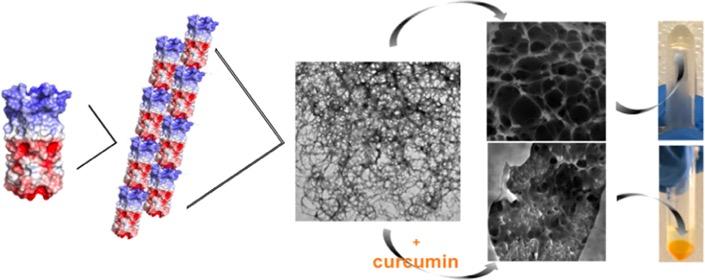
Hydrogels are three-dimensional polymer networks that reversibly transition from solution to gel in response to physical or chemical stimuli, such as temperature or acidity. These polymer matrices can encapsulate cargo, such as small molecules, or provide structural scaffolding for tissue engineering applications.
Tumbling magnetic microbots have drug delivery potential
Nano particle drug delivery technology targets brain cancer
The team behind the latest breakthrough, from NYU Tandon School of Engineering, has succeeded in creating a hydrogel comprised of a single protein domain that exhibits many of the same properties as synthetic hydrogels. Protein hydrogels are more biocompatible than synthetic ones, and do not require potentially toxic chemical crosslinkers. The NYU system is claimed to be the first protein-engineered hydrogel of its kind.
Leader of the research Professor Jin Kim Montclare said: "This is the first thermo-responsive protein hydrogel based on a single coiled-coil protein that transitions from solution to gel at low temperatures through a process of self-assembly, without the need for external agents…It's an exciting development because protein-based hydrogels are much more desirable for use in biomedicine."
The research team conducted experiments encapsulating a model small molecule within their protein hydrogel, discovering that small molecule binding increased thermostability and mechanical integrity and allowed for release over a timeframe comparable to other sustained-release drug delivery vehicles. Future work will focus on designing protein hydrogels tuned to respond to specific temperatures for various drug delivery applications.


Viking Link connects UK and Danish grids
These underwater links must, based on experience with gas pipelines, be vulnerable to sabotage by hostile powers. Excessive dependency on them could...